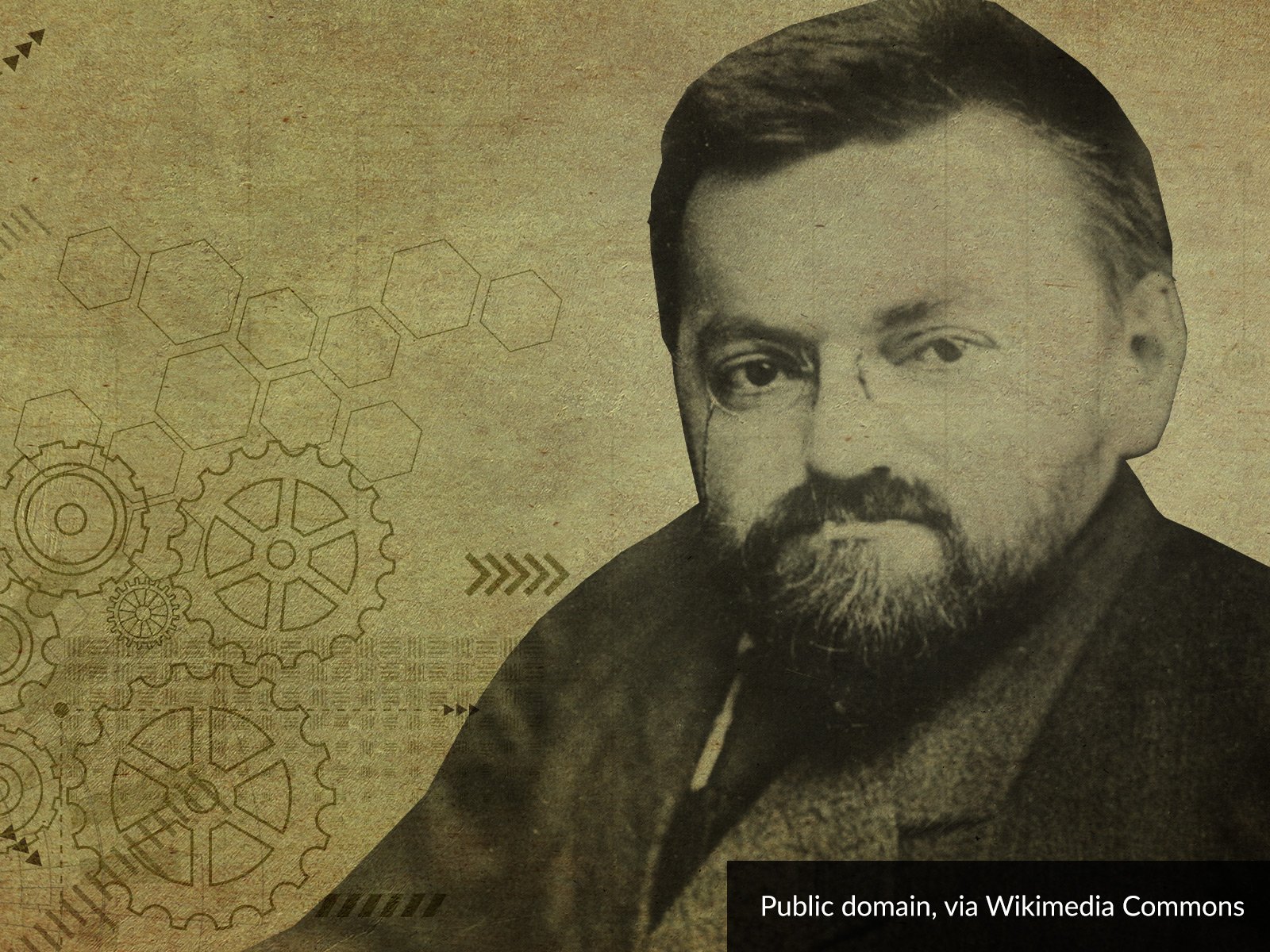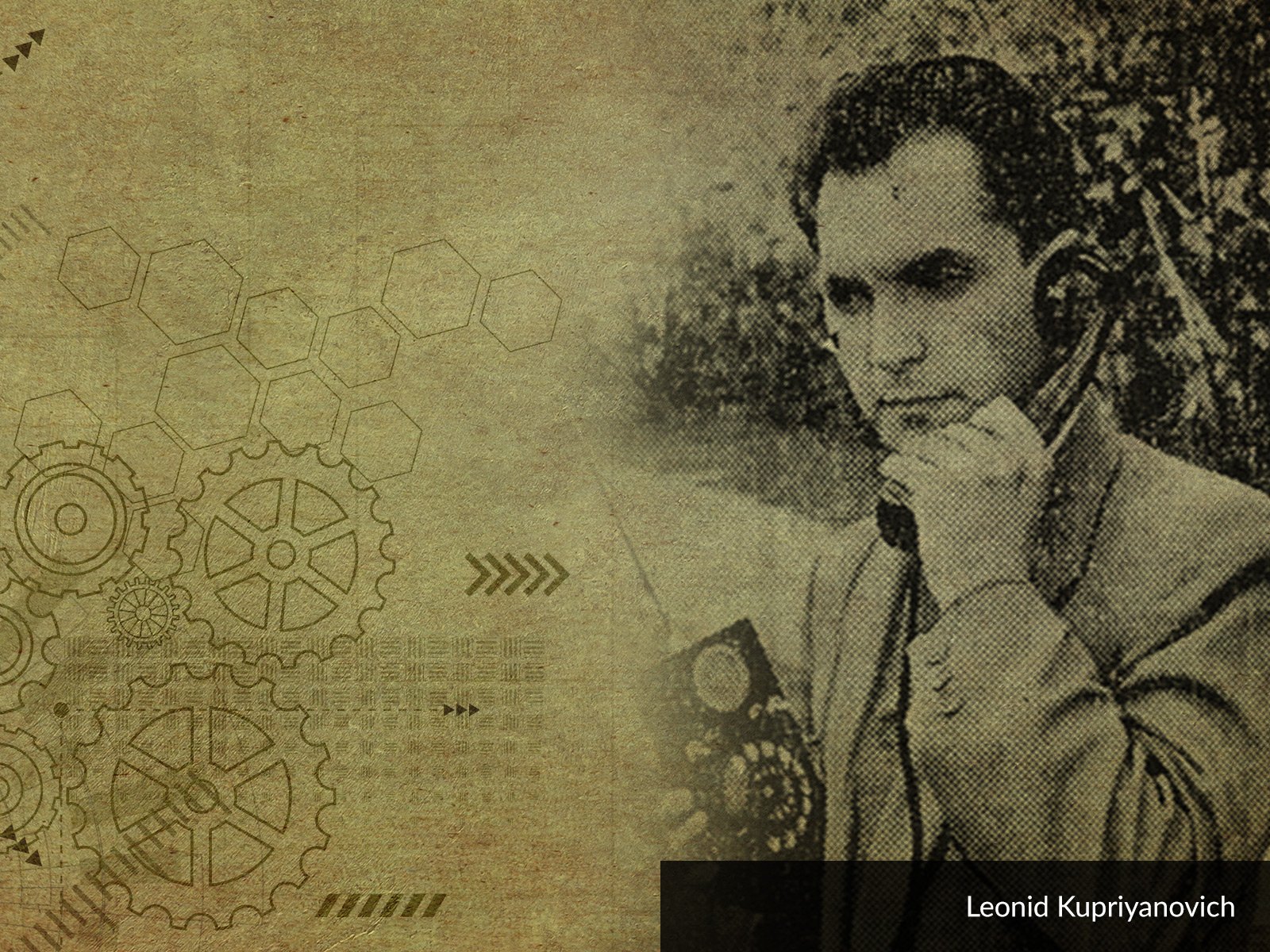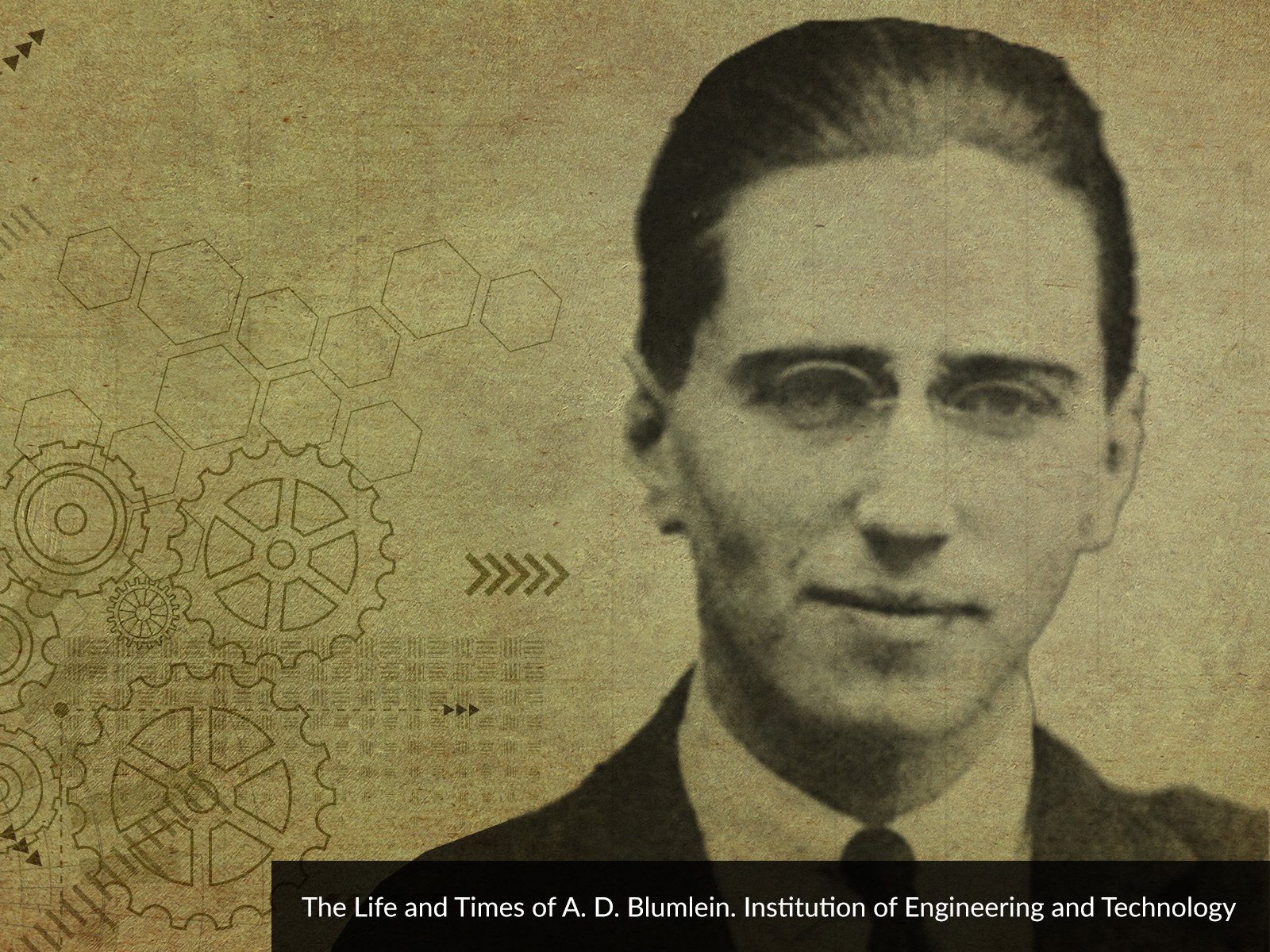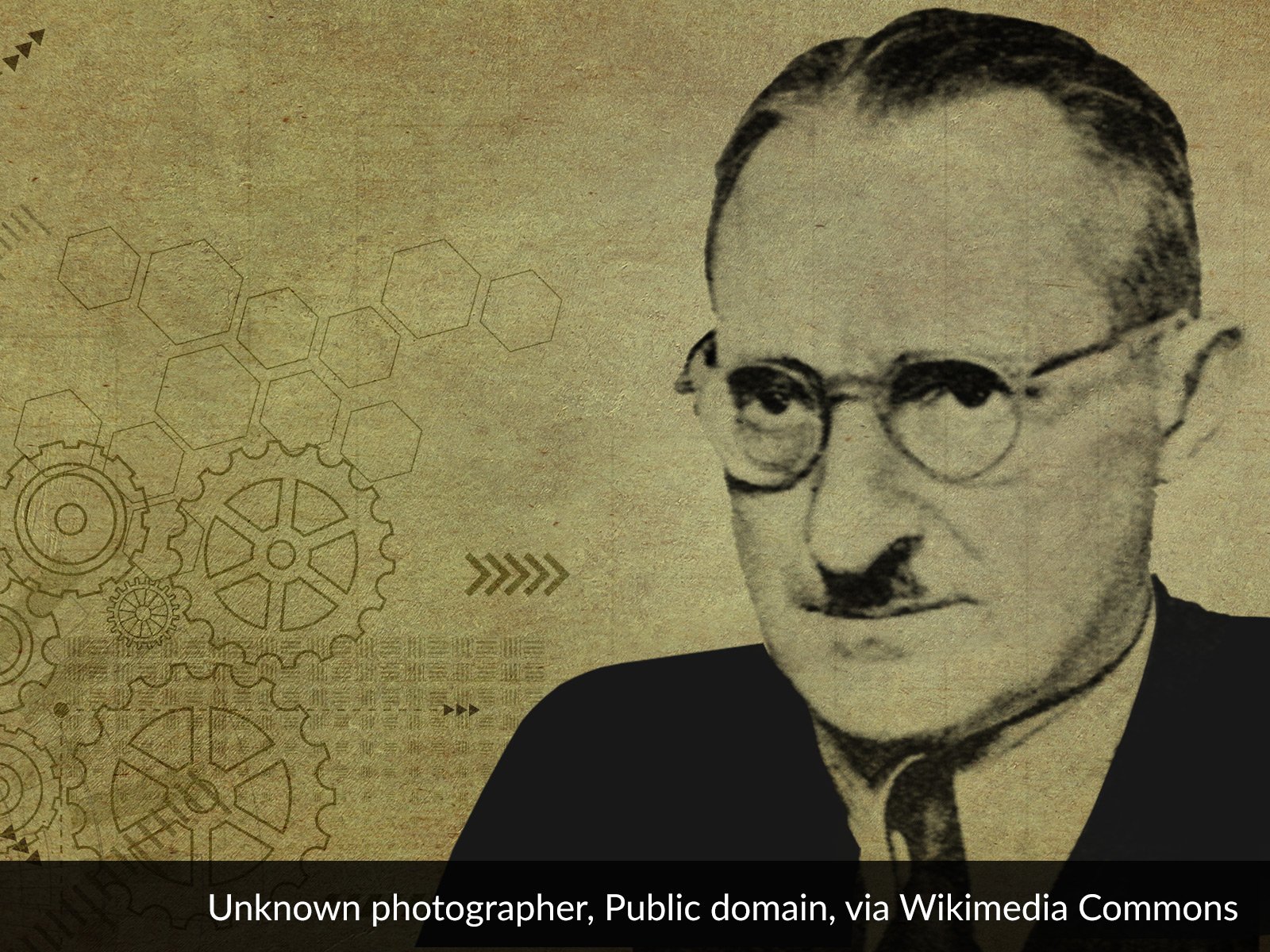
Julius Edgar Lilienfeld was born on 18 April 1882 in Lviv. His father was a wealthy lawyer, so Lilienfeld received proper education. He graduated from a high school in Lviv and then moved to study in Berlin. It turned out that mechanical engineering at the Technical University wasn’t the right choice and, after a year there, Lilienfeld transferred to Friedrich Wilhelm University, where he studied experimental physics. This field of study was much closer to his interests, which he proved in 1905, when he received his PhD. After that, he proceeded with habilitation at the University of Leipzig. There, he took interest in the subject of X-ray tubes and even managed to get the patent for that invention. He was the first scientist to describe the radiation of X-ray tubes visible to the human eye – this discovery was named after him. It wasn’t until 27 years later that a Russian Nobel Prize winner, Ilya Frank, was able to describe and explain it in greater detail.
Interestingly, this wasn’t the only occasion Julius Lilienfeld was ahead of his time with his achievement. In 1925 he was already working on constructing a field-effect transistor. He even obtained three patents for that invention. Unfortunately, in those times, the materials required to create a fully functional semiconductor device weren’t available yet, so the invention had to wait on paper. It wasn’t until 20 years later that Walter Brattain, together with others working at Bell Labs, created a transistor model that changed the world of electronics. The researchers studying this field point out that the American engineers made use of Lilienfeld’s achievements, although they didn’t mention his name in their project. What is also significant in this case is the fact that Bell Labs, even though it was obvious that they wanted to do it, didn’t manage to obtain a patent for their invention.
Let us get back to Lilienfeld’s story. The late 1920s were a really hard time for Jews in Europe. The growing antisemitism forced the inventor to emigrate. That’s how he ended up in Winchester, Massachusetts. Unfortunately, he couldn’t stay there, although the reason for that was definitely less dramatic – he was strongly allergic to the wheat growing in the fields near his home, so in 1935 he moved to St. Thomas Island in the Caribbean Sea.
During his career, Lilienfeld obtained 15 German patents and 60 American ones. Apart from those we already mentioned here, some of his patents that are particularly worth noting are inventions related to spark plugs, loudspeakers or the construction of electrolytic capacitors. For many years, the inventor had to fight to enforce his patent rights. In 1989, his descendants established a prize in his name, granted by the American Physical Society.
Even though the title of this biographical note may seem humorous, almost all inventions start as designs on paper, before the prototype is built. As a matter of fact, for decades scientists and engineers have been struggling with the cold fusion theory, which theoretically is ready to be executed. Sometimes it’s the other way around – many inventions come into being despite the pseudoscientific theories, according to which it should be impossible to create them – aircraft is a good example here.
Of course, we have already praised transistors, which started the semiconductor revolution, in this series of texts about inventors on more than one occasion. It is thanks to them that we can enjoy microprocessors and microcontrollers, digital memories and semiconductors themselves, as they are the key components of countless applications. Similarly, electrolytic capacitors opened way to the invention of efficient power supplies and converters and were the basis for creating supercapacitors, which are currently hoped to be a mobile source of energy for the future.
What can we learn from Julius Lilienfeld’s story? There’s no denying that as engineers and hobbyists, we often pin our hopes on ready-made schemes and base our projects on trusted platforms, such as Arduino or Raspberry Pi (not even mentioning the half measures like hot glue guns or insulating tapes). And although each finalised project gives us satisfaction, not all of them can change the world. Maybe sometimes it would be good to just sit down with a pencil and a blank sheet of paper and theorise a little...?





